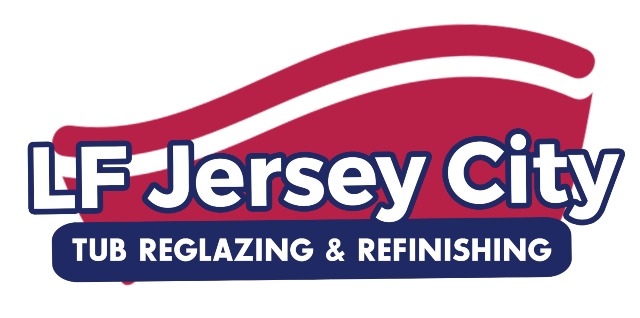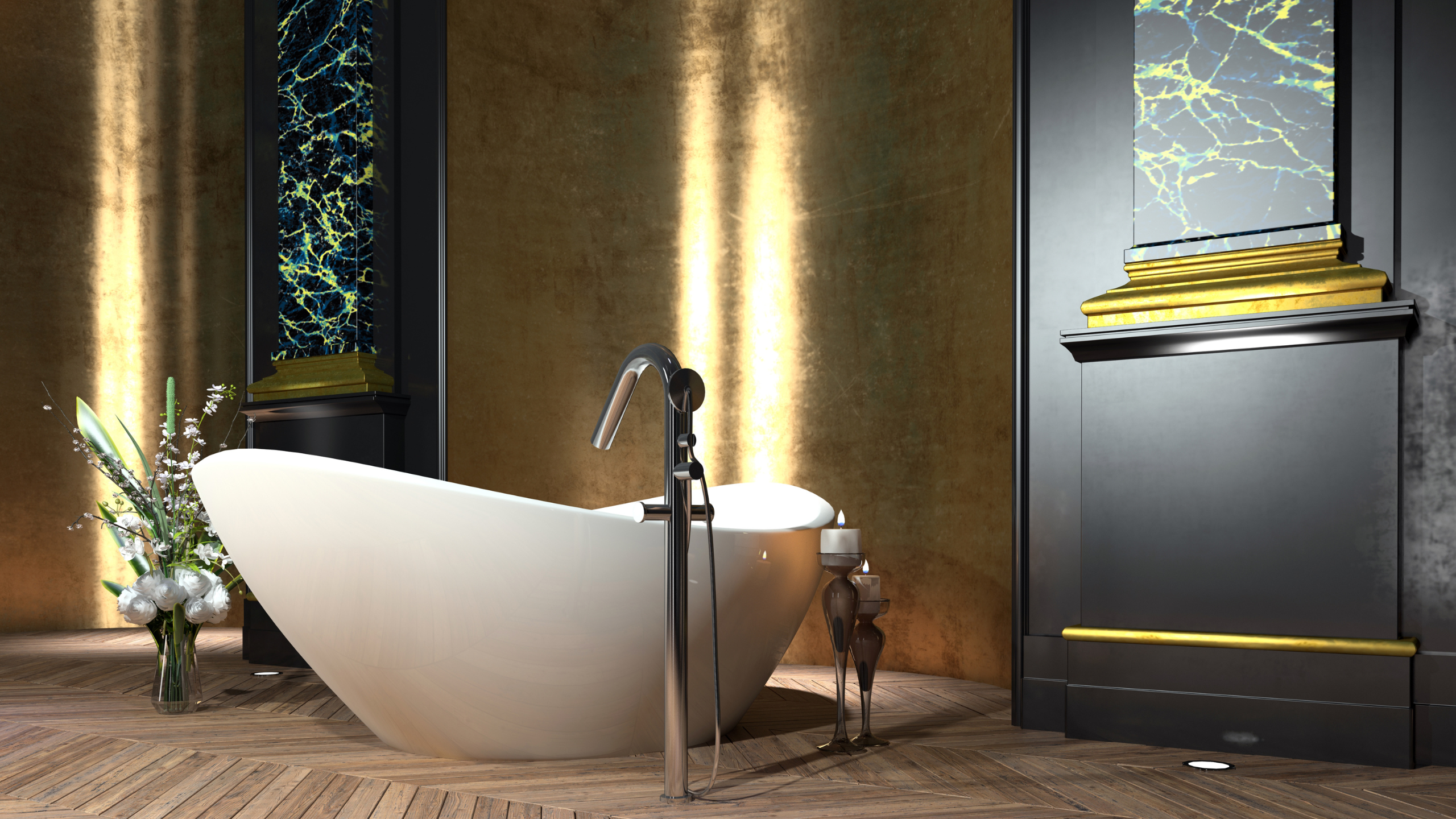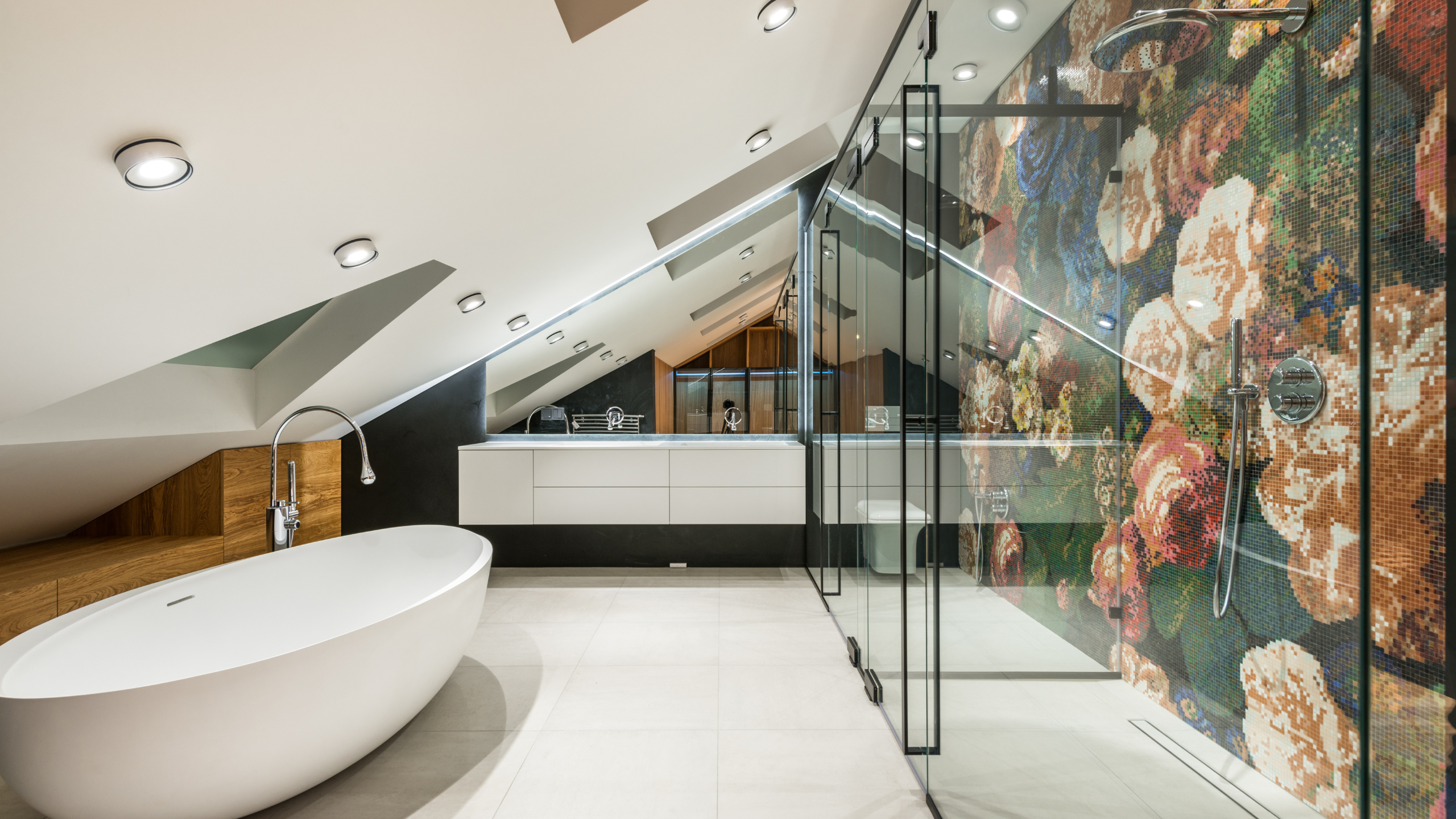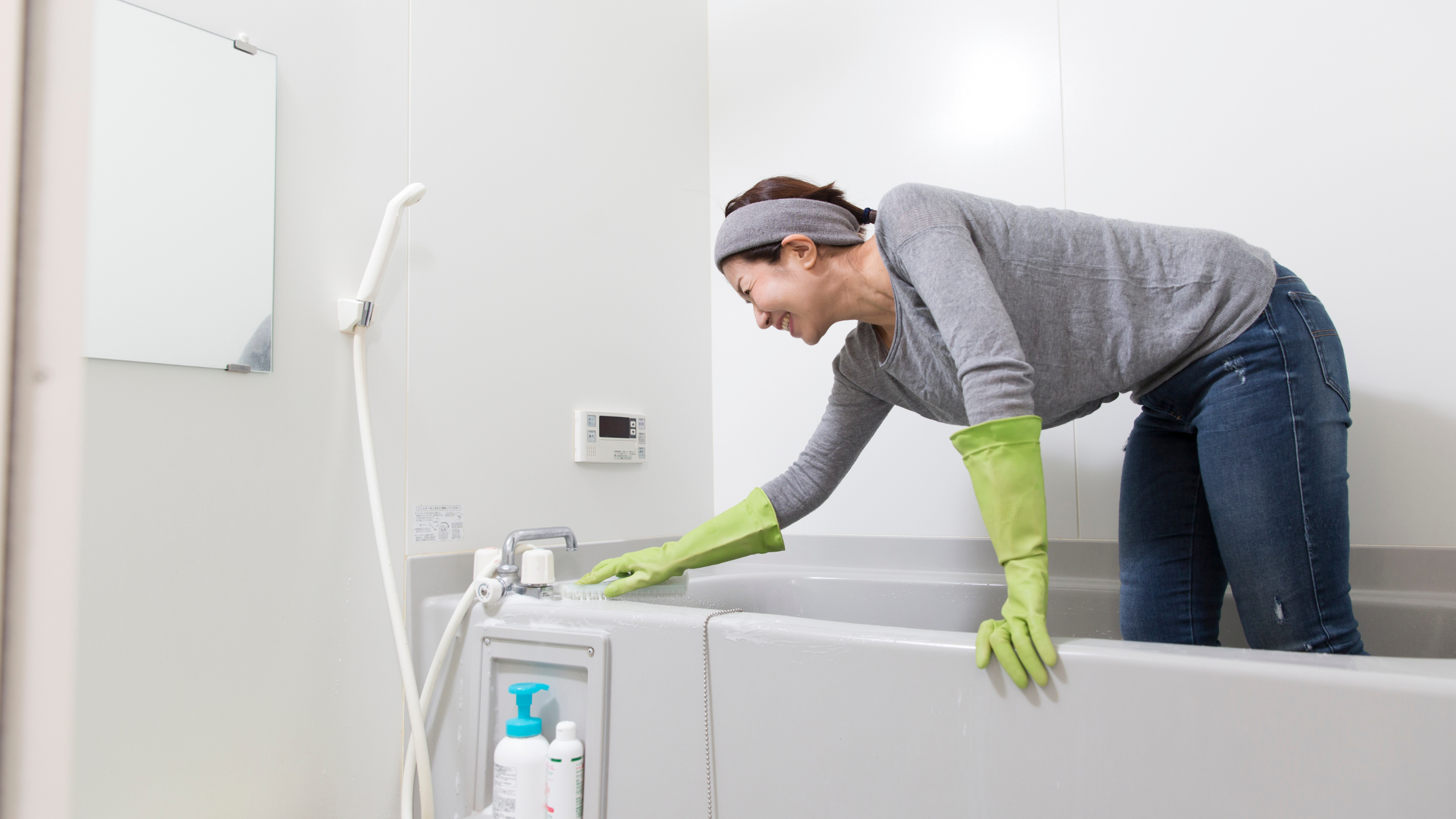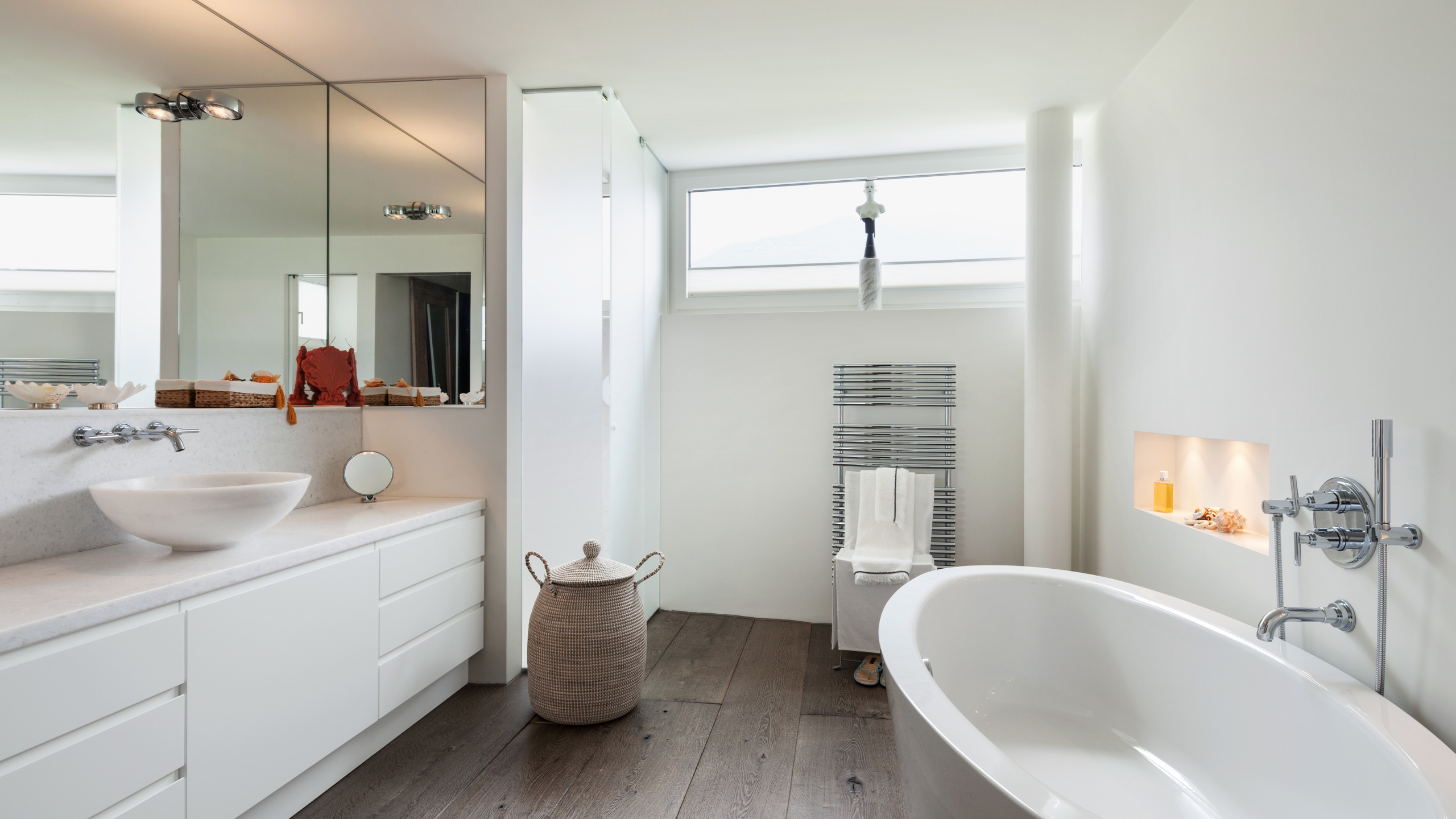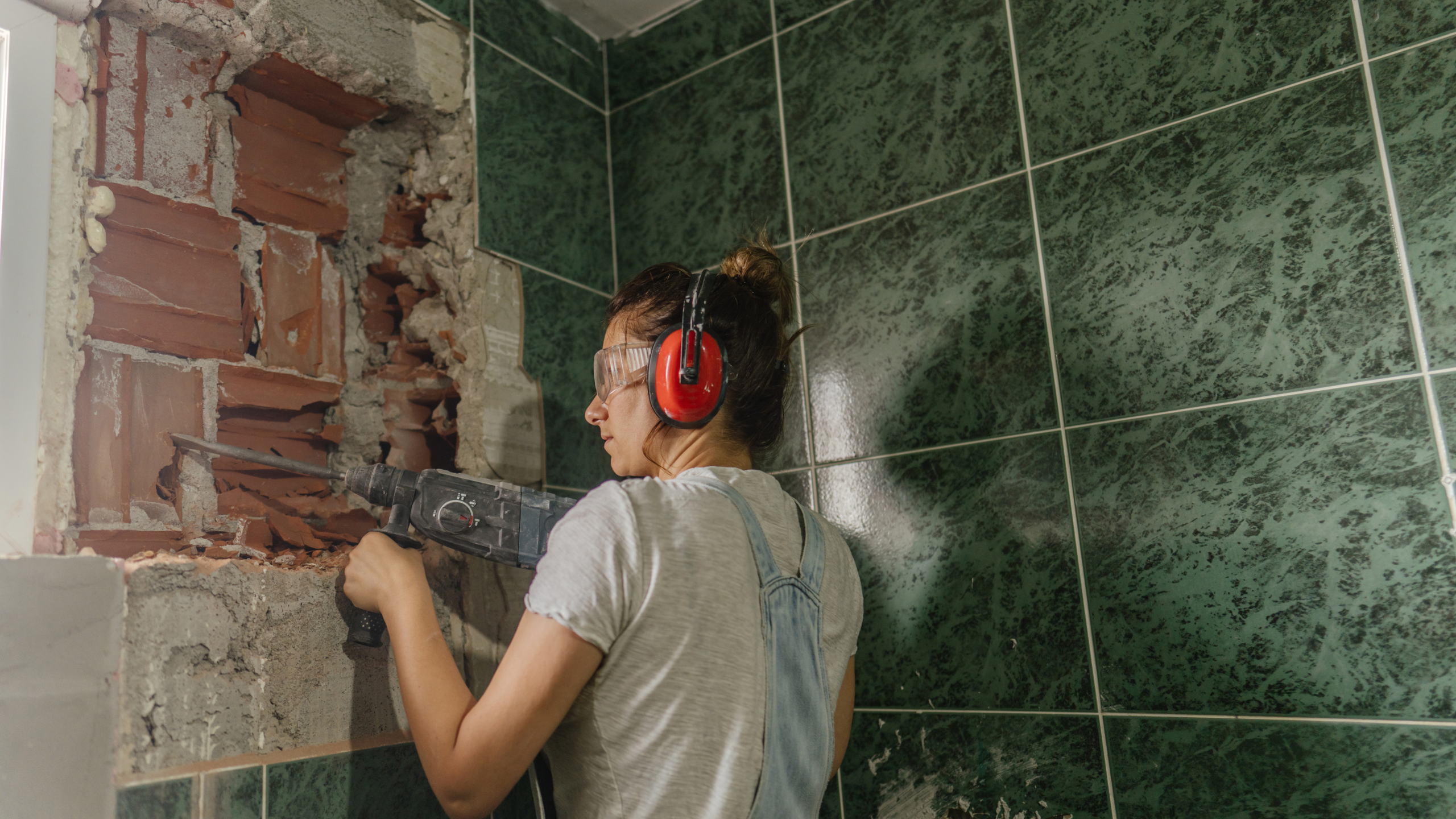Bathroom renovation often involves discussions about reglazing and refinishing, two terms that are sometimes used interchangeably but involve distinct processes and outcomes. Reglazing entails applying a new layer of glaze to enhance the appearance of the existing surface, focusing mainly on aesthetics. Conversely, refinishing encompasses more extensive repairs to address both cosmetic and structural issues before applying a new finish. While both techniques aim to revitalize the bathtub’s appearance, understanding their differences is essential for achieving desired results within your renovation goals and budget constraints.
Reglazing involves applying a fresh coat of glaze over the existing bathtub surface, enhancing its appearance. This meticulous process requires thorough preparation to ensure optimal adhesion and a flawless result. By meticulously cleaning and prepping the surface, any impurities or imperfections are removed, allowing the new glaze to bond seamlessly and create a durable, lustrous finish that rejuvenates your bathtub.
On the other hand, refinishing goes beyond aesthetics to address structural restoration. This comprehensive approach involves repairing chips, cracks, or scratches before applying a new finish. Sanding and priming are crucial steps in preparing the surface, providing an ideal canvas for the final coat to adhere to. By combining aesthetic rejuvenation with structural reinforcement, refinishing ensures that your bathtub looks stunning and maintains its integrity over time.Need a trusted bathtub refinishing expert to enhance your bathroom? LF Jersey City Tub Reglazing & Refinishing is the answer. Get in touch now!
When it comes to cleaning your bathtub surface, there are various methods to choose from:
1. Vinegar and Baking Soda: A natural cleaner effective against stubborn stains and soap scum.
2. Commercial Cleaners: Specifically formulated products designed to dissolve grime and mineral deposits.
3. Lemon Juice: The acidity cuts through grease and soap residue, leaving a fresh scent.
4. Steam Cleaning: High-pressure steam loosens dirt and grime without chemicals.
5. Magic Erasers: Effortlessly remove tough stains and scuff marks.
6. Hydrogen Peroxide: Disinfects and whitens surfaces without harsh chemicals.
7. Microfiber Cloths: Ideal for wiping down surfaces and leaving a streak-free shine.
8. Dish Soap: Mild detergent for breaking down grease and grime.
9. DIY Cleaning Solutions: Homemade mixtures using common household ingredients.
10. Regular Maintenance: Consistent cleaning prevents dirt and grime buildup.
Preparation is key to successful reglazing. Thoroughly clean and dry the bathtub surface to ensure optimal adhesion of the new glaze. Rushing or skipping this step can result in a subpar finish and premature peeling or chipping.
In conclusion
understanding the differences between reglazing and refinishing, along with employing effective cleaning methods, is essential for a successful bathroom renovation project. Remember, a clean surface is not only crucial for a flawless finish but also extends the life of your reglazed bathtub.
